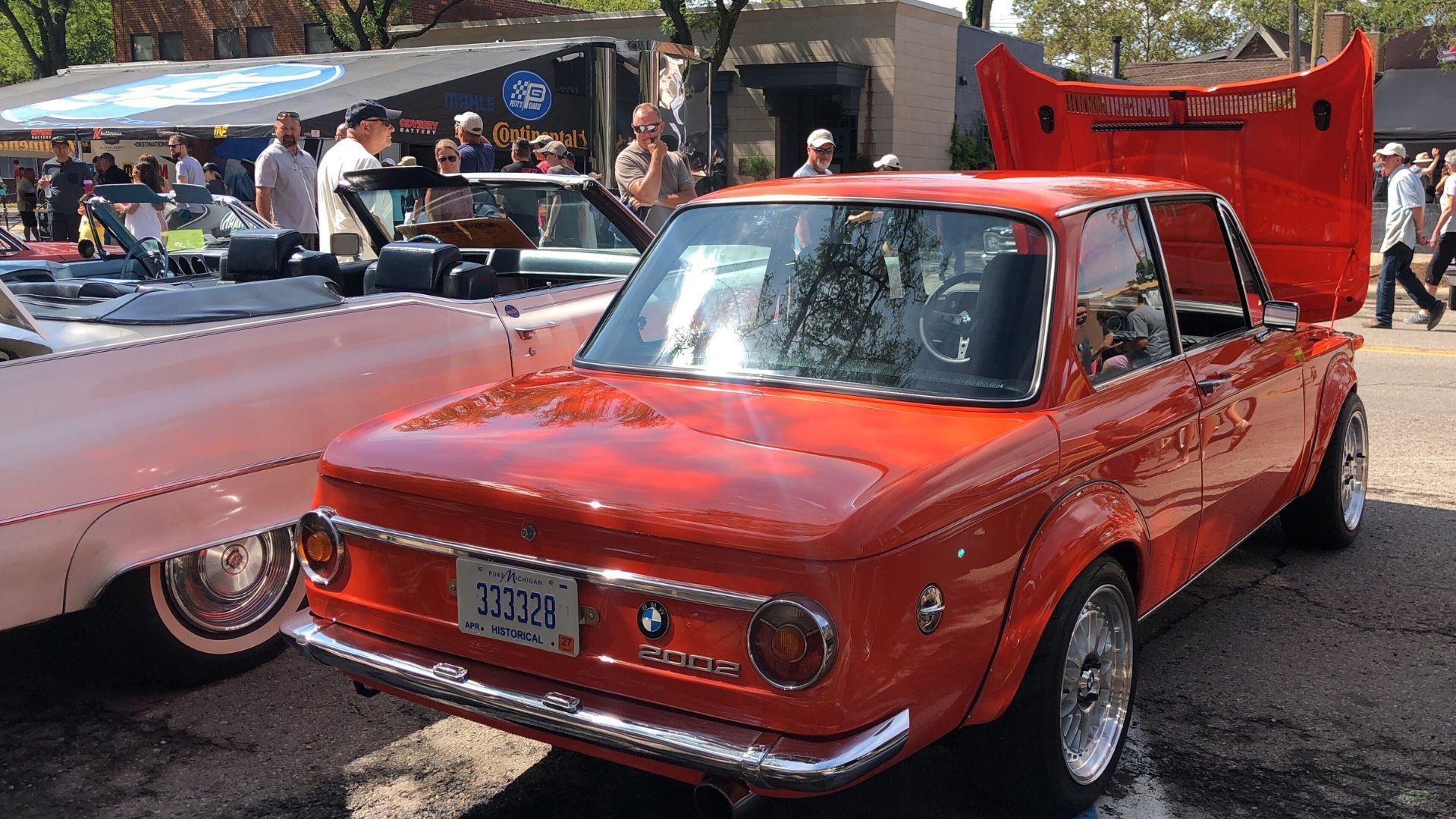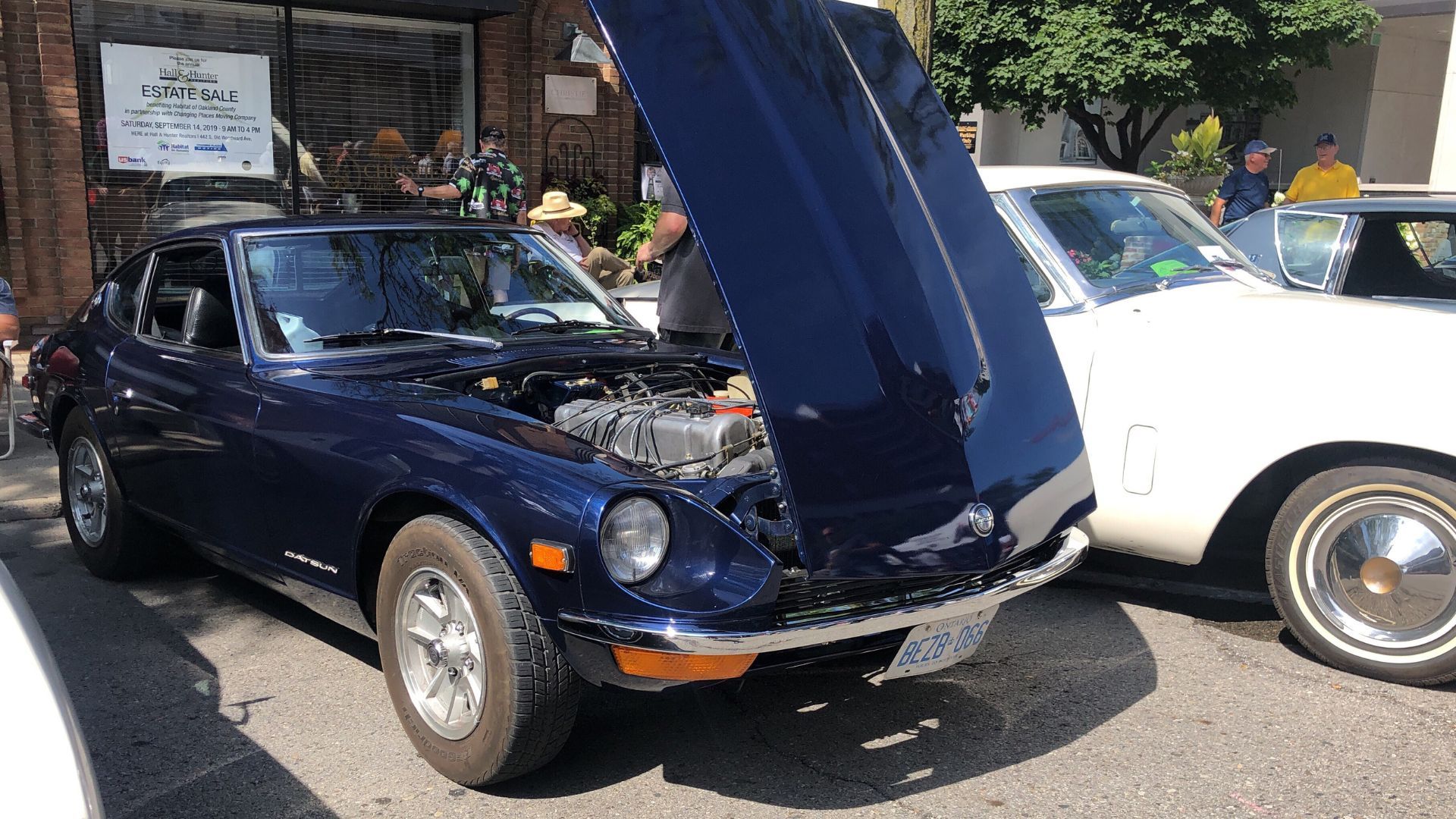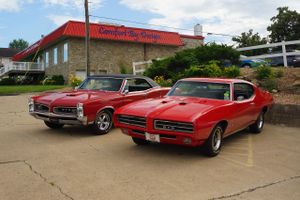Well, how about that…
I can’t even tell you how many times I’ve heard people yammer on and on about how horrible classic cars are for the environment. Usually their eyes are bugging out, spittle’s flying out of their mouth, and they’re absolutely filled with self-righteousness but few facts. They’ll vehemently insist that driving your old Camaro, Mustang, Charger, or whatever you own is absolutely destroying the planet in real time while refusing to discuss the process of extracting minerals for making EV batteries, let alone the insane energy levels required in the manufacturing process. That’s why reading a new study from UK insurance provider Footman James is so refreshing because it doesn’t talk emotional rage, sticking instead to the inconvenient facts.
Watch our interview with a car detailer here.
Even inside this industry there are those running around claiming all classic cars will be electrified in 10 or 15 years or whatever time frame they were told by someone else. The assumption is this will be good for the environment, that driving a classic car with batteries and an electric motor will cause trees to spring forth in the Sahara Desert and the unicorns to return from the ocean.
According to Footman James' study, reality is far different because classic cars with those evil, gas-burning engines are better for the environment than new electric vehicles. The thing is people who believe the opposite just look at tailpipe emissions, behaving as if that’s everything in the equation. They don’t consider pollution generated by the manufacturing process.

In the study, Footman James mentions that in the UK a classic car on average is driven 1,200 miles a year and puts out 563 kg of CO2 as a result. But a new VW Golf is made by generating 6.8 tonnes of CO2e. Even worse, a Polestar 2 (a Swedish electric car) generates 26 tonnes of CO2 during the manufacturing process. That means you could drive your classic car for over 46 years before it generates as much CO2 as the “green” electric vehicle. Let that sink in for a moment.
Footman James rightly points out that within that 46-year period, the Polestar 2’s battery will need to be replaced, maybe even swapped for a new one twice or more. And what happens to the battery? Can it really be recycled? The answer for now is no. Meanwhile, the classic car keeps running without contributing significantly to a landfill. But you should feel bad for driving such an awful pollution machine, or so we’re told.

I wish the study dug more into the human and environmental costs associated with the extraction of raw materials to build electric cars. There’s also the fact many of these minerals are mined in authoritarian countries like China and Russia where many accusations have been levied that slave labor is used in the process.
Keep all this in mind the next time your neighbor, relative, or friend who just bought a shiny new Tesla tries guilt tripping you about owning and driving a classic. Sure, the smug self-righteous attitude can be annoying, especially when people who know next to nothing about cars are just fascinated by anything novel, but the facts don’t exactly back up their daydreams of becoming Captain Planet.
Check out Footman James’ study for yourself here.






